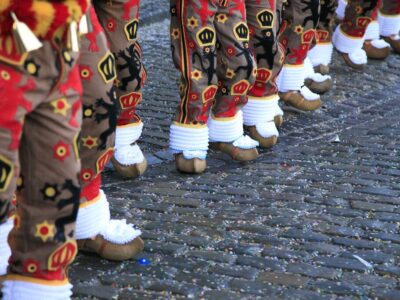
March is the start of spring in Belgium, and although temperatures can still be quite cold, excitement for the end of winter is in the air. A major reason to visit Belgium this month is to attend a traditional Lent parade, such as the centuries-old Carnival of Binche in French-speaking Wallonia. Flower lovers are also in luck, with the first spring blossoms appearing. Here's where to go and what to do in Belgium in March.
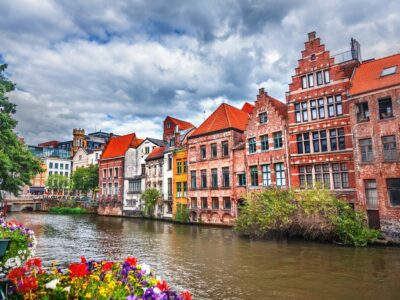
May is spring in Belgium and a great time to come to enjoy good weather, smaller crowds, and more affordable prices. Spring flowers add color to the cities and countryside, and a 13th-century procession in beautiful Bruges provides a good reason to visit this Flemish city in May. Find out more about what to see and do in Belgium this month.
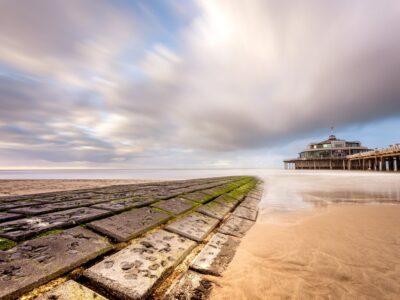
August is midsummer in Belgium and the peak season for travel. Belgians head to the North Sea coast—join them at the beaches and on hiking and biking trails. Check out fascinating Ghent, cool off in the sea at Blankenberge, or kayak into the lush forests of the Ardennes. Find out more about traveling to Belgium in August below.
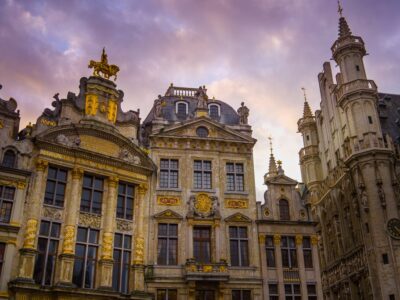
With five days in Belgium, travelers can focus on a city's highlights, like Brussels, and incorporate the surrounding countryside. Seven days is ideal for exploring additional historical sites and using the capital as a jumping-off point for nearby Ghent and Bruges. If you have 10 days, you can partake in outdoor activities like hiking or opt to cross the border to visit the Netherlands.
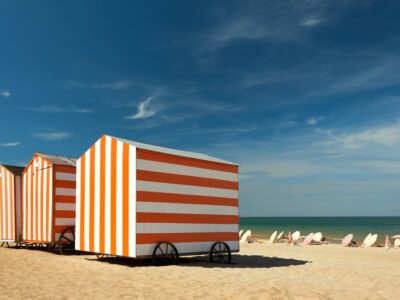
July is midsummer in Belgium, and the fine weather draws larger crowds (and higher costs). Visitors love Belgium's historic cities in July, and the capital, Brussels, which hosts a UNESCO-listed festival dating to the 14th century. To escape from the heat of the cities, head to the North Sea coast for swimming, cycling, walking—and land sailing. Read on for more information.
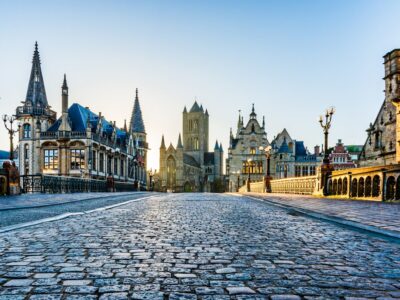
June is the start of summer in Belgium, but it's still the shoulder season before the summer rush. That makes it ideal for travelers who want to enjoy the good weather and summer concerts and festivals without the high prices or oppressive crowds. Explore the medieval and modern culture in Ghent, see an enormous reenacted battle in Waterloo, and enjoy some live music. Here's what you can see and do in Belgium in June.

February in Belgium is the low season. But it's a great time to visit if you want to explore the cultural attractions without the crowds of summer. Plus, it's prime time for winter sports such as ice skating and cross-country skiing. Whether you're visiting the art galleries of Brussels or medieval carnival parties in Binche, it's easy to forget that it's midwinter. Find out more about traveling to Belgium in February.
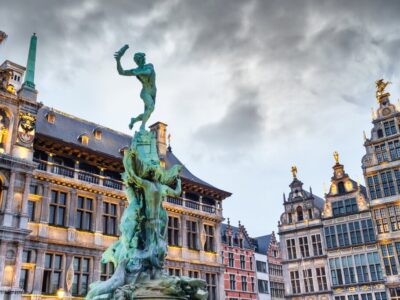
Though January is midwinter in Belgium, it's a great time to visit if you want to enjoy the arts and culture of the northern European country without the crowds—or the high prices. Brussels is brimming with excellent art galleries, while the historic port city of Antwerp is a must-visit for foodies. Still want to get outside and do something active? Look for ice-skating opportunities in the cities and countryside. Learn more about traveling to Belgium in January.
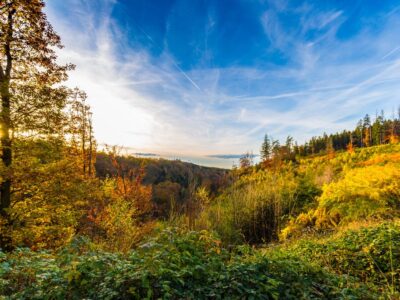
September in Belgium is the beginning of fall, but the weather remains warm and pleasant, and the summer crowds have dispersed. It's a great time to visit if you want to explore the beautiful historic cities without the masses—and at a lower price. The autumnal colors also start to spread across Belgium at this time, with the hilly, forested Ardennes region particularly colorful early in the season. Find out more about traveling to Belgium in September.
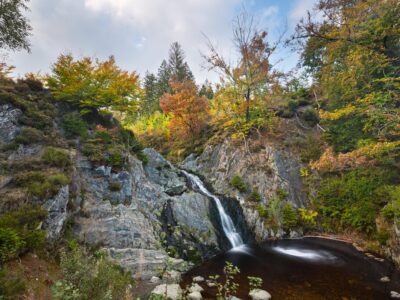
October is fall in Belgium, with cool but not very cold temperatures and few tourists around. It's a great time of year to enjoy the colors of nature, especially the forests of the hilly Ardennes region. The autumn colors provide a beautiful backdrop to the small country's hundreds of castles, from Renaissance palaces to turreted fairy-tale-like castles. Read on to learn more about traveling to Belgium in October.
